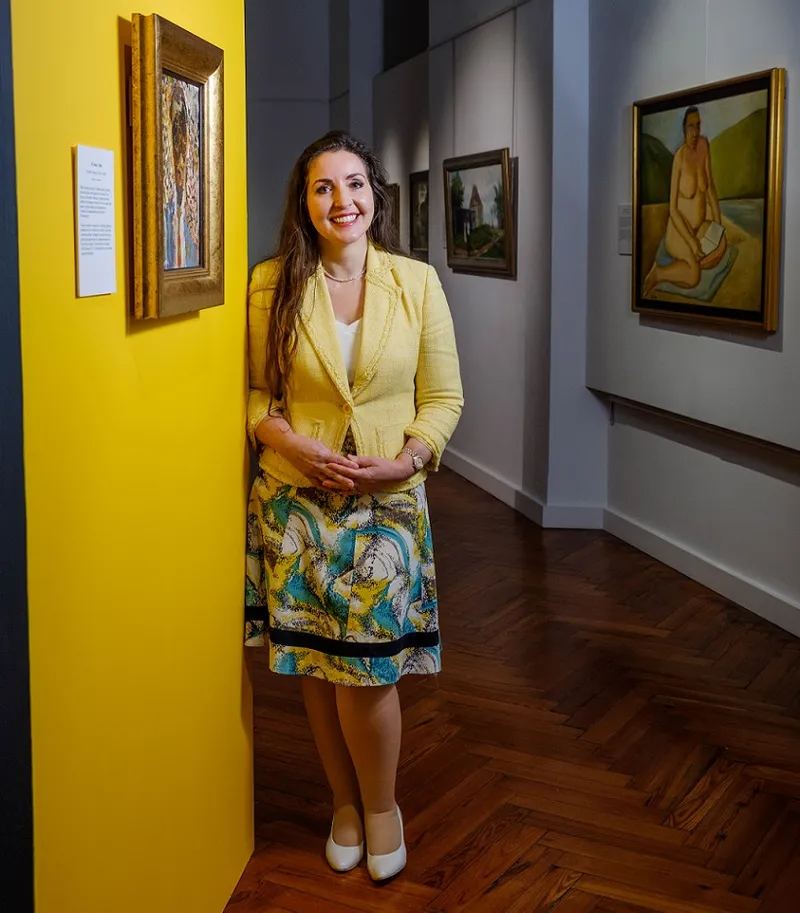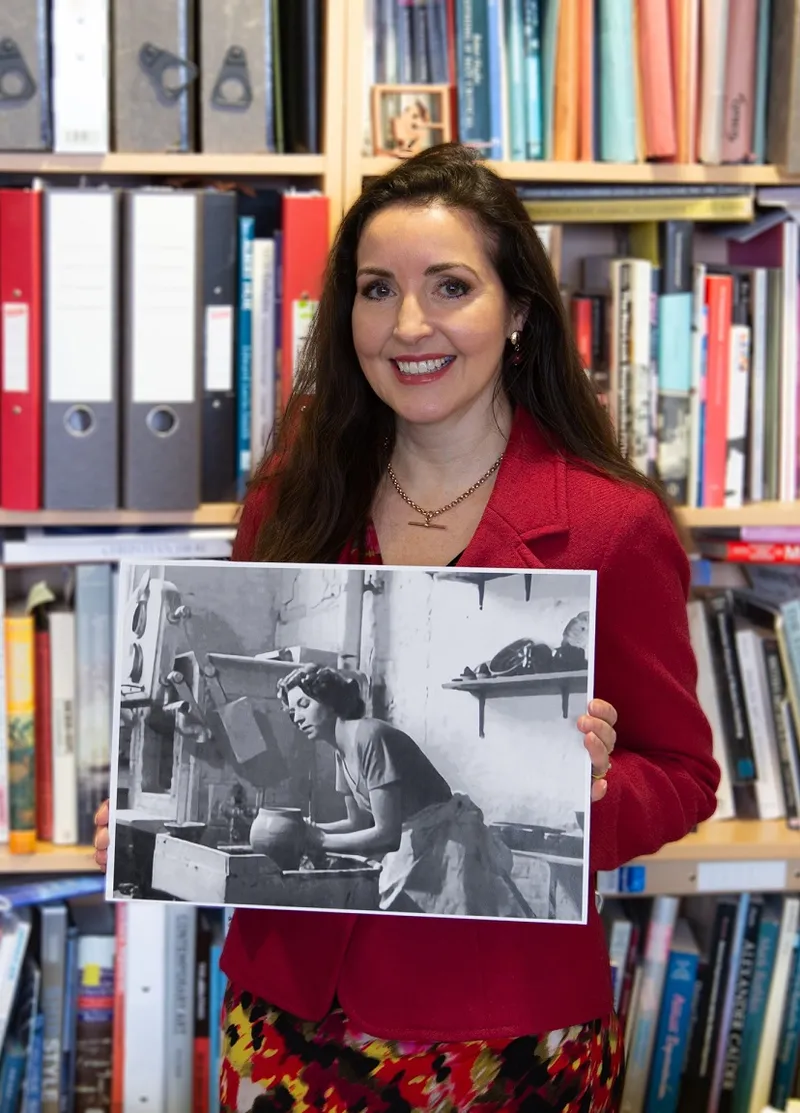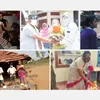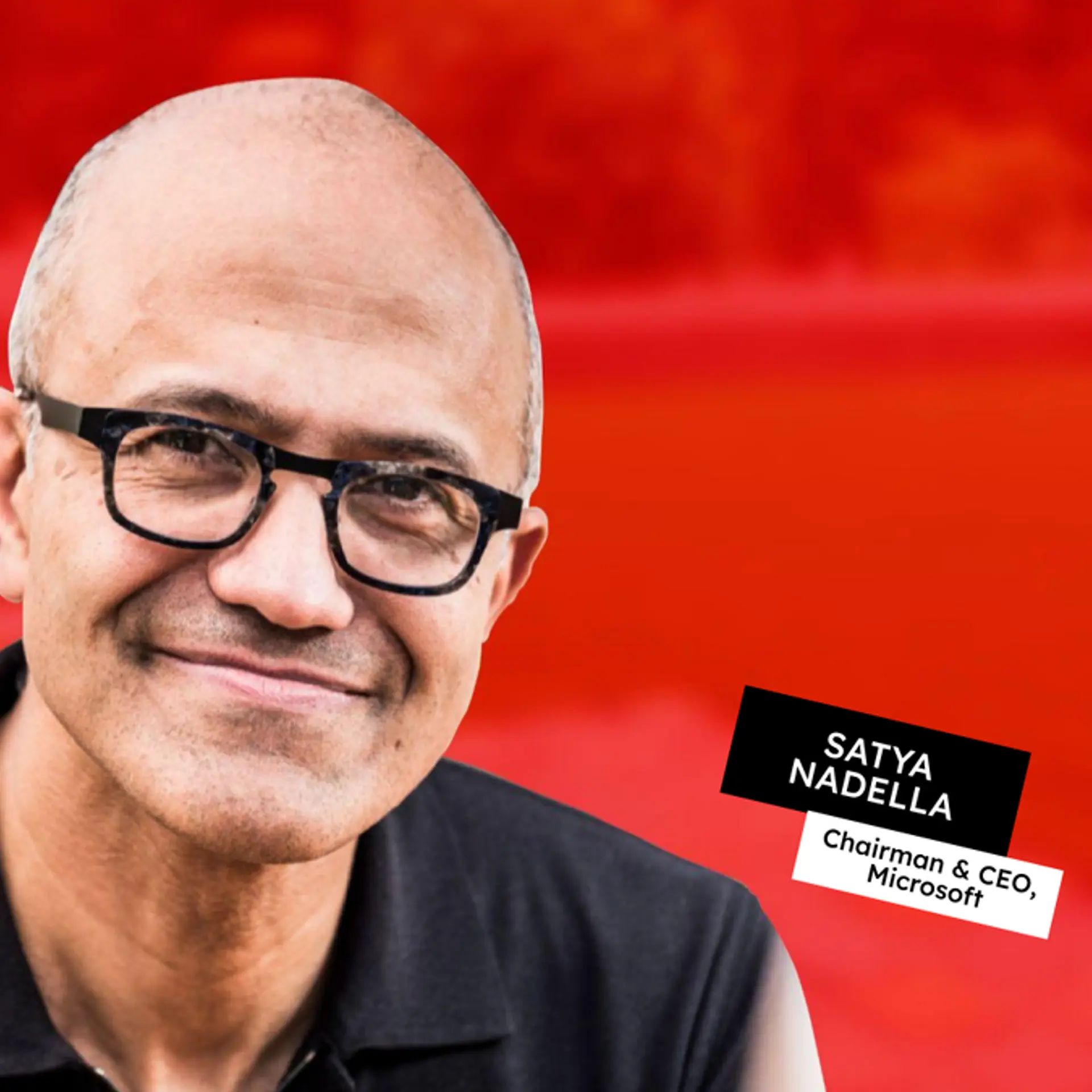Art, design, creativity - Bengaluru Design Festival insights from author-educator Emma Roberts
In an expert interview from this international design festival, YourStory presents speaker insights on impactful connections between culture, art, and design.
Dr Emma Roberts is Associate Dean for Global Engagement for the Faculty of Arts, Professional and Social Studies at Liverpool John Moores University. She has lectured on the history of art and design for 20 years, and written five books.
Emma was also a speaker at the Bengaluru Design Festival, for which YourStory was the media partner. See YourStory’s earlier coverage of other design conferences like DesignUp from 2022, 2021, 2020, 2019, 2018, and 2017.
Emma’s research focus includes public sculpture; maritime history and design; and urban architecture and environments. She has curated a number of exhibitions as well.
See also YourStory’s Book Review section with takeaways from over 350 titles, and our d-Zen (‘Design Zen’) section for more design resources.
Emma joins us in this extensive interview on design of art spaces, the journey of creativity, and the changing role of designers.

Emma Roberts at Victoria Gallery Museum
Edited excerpts of the interview below:
YourStory [YS]: What is your current field of research and activity in art and design?
Emma Roberts [ER]: I am an art historian and I am researching the phenomenon of the regeneration of former factories into new spaces for the creative arts.
Often, a whole depressed factory area can be made into a new space for design startups or SMBs. This brings a new economy into a depressed area.
[YS]: What do you see as the interconnection between art and design? Where are they similar, different, and complementary to each other?
[ER]: I think that design primarily has a use for society, and so designers are often commissioned for their practical services.
However, art can just please (or offend) the artist or public without a purpose. Nevertheless, art often gives people things to think about, even if it doesn't always service society. Both art and design are still similar because they require skill and conceptual ability.
[YS]: How can museums be transformed from mere 'archival' roles to contemporary 'living' art spaces?
[ER]: Museums definitely used to have more of an archival role in years gone by. However, in the 21st century, they are developing more active roles.
Often, they can provide social support – for example, prisoners are often rehabilitated by working with museums on activities. Museums can also comment about society – for example, pose questions or solutions about the environment or other social problems. They can also be places for families to go for activities and play.
It is nice that museums sometimes now screen films and hold very active events such as concerts or festivals, which makes them more open to a greater variety of people.
[YS]: What are three outstanding examples you have come across of effective design during the COVID-19 pandemic?
[ER]: The UK company, Arup, designed modular outdoor eating and park spaces to help restaurants move their eating areas to the outside.
Garuda Aerospace in India used drones to spread disinfectant in the streets during the pandemic.
The Lush company invented self-timing soap that disappears after 30 seconds of people washing their hands, so as to encourage hand washing for the proper length of time.
[YS]: In the post-pandemic era, what is the key role of designers?
[ER]: Designers can use the new tools that were developed during the pandemic, but now combine these with the freedoms that have been returned to us for working face to face again.
Designers were motivated to push technology further during the pandemic out of necessity, but this has moved technology further and we can now use the results for exciting purposes.
[YS]: How should designers strike that delicate balance between ‘stick to your vision’ and ‘adapt to a changed world’? What does it take to build the courage to pivot?
[ER]: Design has to fulfil a purpose and be useful, and so if the world changes, it is the obligation of the designer to ensure that they are responding to social needs. Otherwise, they might be making fine art.
They need to keep at the front of their minds ‘is my design valuable to others’? This should help them pivot. In the pandemic, some designs stopped being valuable because the world changed.
For example, salt and pepper shakers in restaurants were no longer wanted because too many people touching them might cause infection to spread. An aspiring designer of these products can still stick to their vision to design the product, but they need to add a feature that keeps them useful in the circumstances.
So this might be a colourful disposable paper covering that can be thrown away after use, for example.

Emma Roberts
[YS]: Is there such a thing as the ‘ideal age’ for a creative person, or can the creative bug strike you at any time? How should people keep themselves open for adopting a creative career later in life?
[ER]: I think there is no ideal age. Sometimes people have more time to think if they are older, and an idea can appear because of the freedom to think.
The main thing is not to keep a monotonous routine, but to try new things and to be open to new ideas. Then ideas can come. For example, if an older person travels, they can see so many new things that this can stimulate ideas for designs. The wedding dress designer, Vera Wang, was late in finding her career as a designer.
[YS]: Who are some of the designers you admire the most today? What is it that makes them special?
[ER]: I am very interested in architects who design still more amazing buildings – even though there are so many buildings already in the world.
For example, Jean Nouvel, who designed The Louvre Museum in Abu Dhabi. This is so beautiful on the outside and the inside, and it refers to characteristic concerns of the people of the Middle East in its design, and so it is sympathetic to its location.
Another favourite is the design of the new Ritz Carlton superyacht, Evrima, which was designed by a group of people under the label of Tillberg Design of Sweden.
[YS]: Many of our readers are techie founders. What's your advice to them on when and how they should integrate design in their startup journeys?
[ER]: Technology might be functional and valuable, but it might not be attractive or easy for the user to use. A techie founder should think about how an uninitiated person will experience the object and try to see it through their eyes: how will it feel in the hand; are the instructions clear; is the colour attractive?
If these things are not perfect, perhaps collaboration could occur with a product designer or a user experience designer. Not every techie person can relate their innovation to the user’s experience.
[YS]: What are the success factors for government and industry to work together and grow the field of design in their countries?
[ER]: I think the government has to be brave – they have to spend money to help the industry to make money, because the government needs to provide support.
There needs to be real passion from the people who are leading strategies. It should not be just that some people are appointed. The government needs to integrate design into other parts of life - such as primary and secondary education.
[YS]: It is one thing to be a creative person – how should managers scale up organisational creativity? What are the challenges of being a design manager?
[ER]: I think the biggest challenge is to get the correct people in place who can be trusted to take on sectors when scaling up happens. At first, a manager might control everything, but when the company expands, the manager has to delegate control.
People appointed to lead expanding parts of the company need to take responsibility and ownership, and to be trusted to complete their tasks and run their teams. For successful scaling-up to happen, a real sense of a team has to be created so that everyone is committed to the one cause.
[YS]: What are your top five favourite design conferences around the world?
[ER]:
I have been amazed at the Bengaluru Design Week, so I now have to say that this is one.
I also like the Design History Society annual conference in the UK.
The Y Conference – this year in San Diego, USA
Semi-Permanent – in Sydney, Australia
OFFF in Barcelona.

Emma Roberts at Sweetness and Sorrow exhibition
[YS]: You have travelled and spoken extensively around the world. What are some variations you see in the 'design quotient' of different countries? How does India fare in this regard?
[ER]: India seems to have more ambition and passion than elsewhere. There is a real sense of pushing forwards and being energetic. This was not apparent to me until visiting India.
In the US, there is a sense of confidence, but also of arrogance. In the UK and Europe, there is also a confidence that is based on taking success for granted, but this is not always justified. I can see that India is leading the world now and this is very impressive.
[YS]: What are some good examples of design you have come across in the context of social entrepreneurs and non-profit organisations?
[ER]: In Liverpool, UK, there is a regenerated district called ‘The Baltic Triangle’. This is completely full of startups and non-profit organisations. A committee of people runs the area and they do not take any money as profit. All proceeds are ploughed back into the place to keep improving it.
Also, in Liverpool, there is another district called ‘Granby Four Streets’. Again, this was formerly very run-down, and is an area with a great variety of cultural mix, which often created tensions across the groups.
However, it is now organised by the ‘Granby Four Streets Community Trust’ who have found a method to operate a low-cost rental scheme. They also mobilise people to run allotments to create cheap, healthy and organic food. Many cultural festivals now take place in the space.
[YS]: Tell us about some of the art exhibitions you have recently curated.
[ER]: In 2022, I curated two exhibitions. Both were about Jamaican art since Jamaica gained Independence in 1962.
The first one was large-scale and ran for five months in Liverpool, UK. The second was a smaller follow-up and ran for just over two weeks in London, UK. I have contact with a Jamaican collector of art, and she has kindly allowed me to use and select from her collection.
Not much is known in Europe about Jamaican art, so it seemed valuable to fill this gap. The exhibitions raised much attention in Jamaica too: the former Prime Minister of Jamaica attended the opening of the first exhibition in Liverpool!
[YS]: How can art appreciation be improved in society?
[ER]: I think that art should be linked to life, and not treated as a bolt-on. Therefore, it should be taught and encouraged in education at all levels.
There should not be a dismissal of art in favour of science or technology, but all should be offered, and the correspondence between all should be highlighted. Some schools or education experiences separate art from other opportunities, but they should be treated holistically.

Emma Roberts - group photo in Beijing
[YS]: What led you to write the book 'Art and the Sea'? Can you walk us through the journey?
[ER]: I have always been very interested in the sea and in ships. In fact, in my personal vacations, I present lectures on board ocean liners.
I noticed that no book in the world existed about the link between art and the sea, and so I saw this gap in the market. The publishers also agreed with me. I found several other authors who agreed to write chapters about the connections between art and the sea, and I edited their work as well as added my own. The book was published in May 2022.
[YS]: What is your next book about?
[ER]: My next book is called 'Industrial Regeneration in China: A Project Journey', and it will be published early in 2023. This is assessing the recent phenomenon in China of old former industrial factories being converted into creative hubs.
I have been researching this topic with colleagues since 2018. Having viewed many examples of these sites from around the world, my colleagues and I have made a checklist for future designers about what should ideally be incorporated into regeneration projects.
[YS]: What is your parting message to the startups and aspiring designers in our audience?
[ER]: Sometimes it is difficult to stand out from the crowd and to get things started.
However, it is essential to keep the vision in one’s mind and to keep pressing forward. There will be some rejections, but just expect these and do not let them knock your confidence.
Edited by Teja Lele










